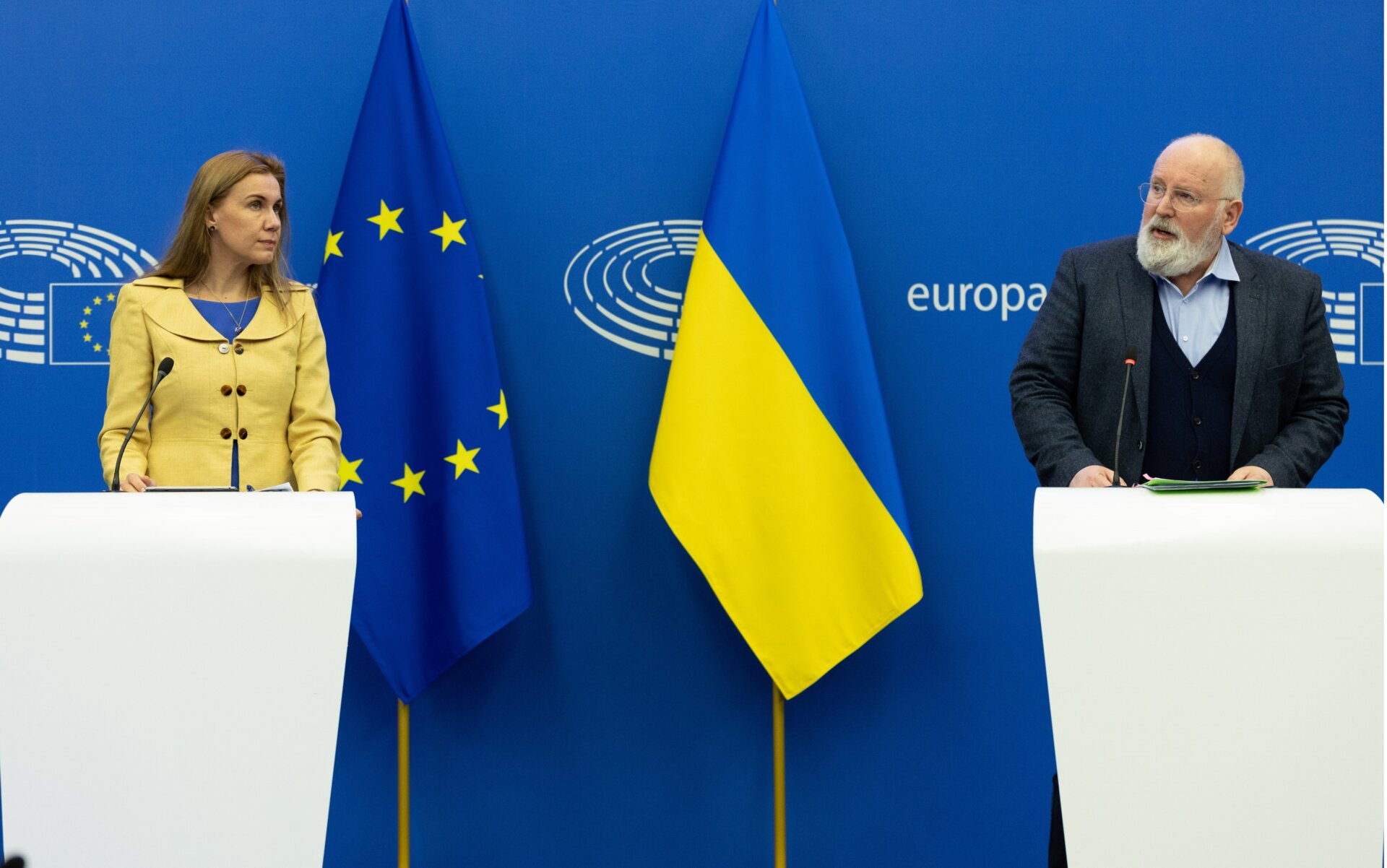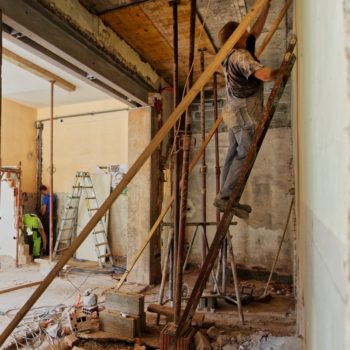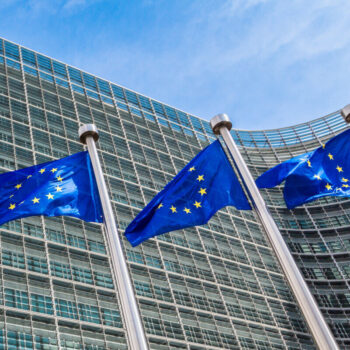In times of crisis, good sequencing is critical for a successful response – ensuring alignment of immediate impact with long term objectives. This principle must apply to the EU’s response to the Russian invasion of Ukraine, particularly its impact on European energy systems.
The European Commission’s first roadmap for action, the communication for the proposed RePowerEU plan, has not harnessed the potential of energy-efficient buildings. It will now move to medium-term plans, but it should still keep an eye on the long-term vision: climate neutrality by 2050. The ‘Fit for 55’ package, designed between global crises, needs to be adjusted to the new geopolitical context.
The RePowerEU proposal focused only on gas supply and storage, showing that the EU institutions are missing the potential for energy savings in buildings. The current response of the Commission keeps Europe hooked on fossil fuels, while a complete paradigm change is necessary to face what the Versailles Declaration called a “tectonic shift” in the global energy outlook.
For RePowerEU to reduce dependency on fossil fuels, particularly gas, it requires immediate action on buildings’ energy consumption. The residential sector alone accounts for 40 per cent of EU gas demand, mainly for heating and cooling. The EU’s policy response must prioritise heat pumps deployment further, as they are critical for a resilient European energy system. Heat pumps are not only powered by electricity but are also 300 – 400 per cent efficient, while fossil-fuel based heating systems are all below 100 per cent.
Equally important is reducing energy waste in buildings through retrofitting measures. Experts estimate that 97 per cent of the EU’s building stock was insufficiently energy efficient in 2017. The EU’s Renovation Wave reckons buildings should lower their emissions by 60 per cent by 2030, requiring the energy retrofit of more than 35 million buildings per year. Energy renovation and buildings electrification are two sides of the same coin, both vital for the EU’s energy independence.
Three steps to RePowerEU with more efficient buildings
RePowerEU and the upcoming ‘Fit for 55’ package offer both several hooks to align the EU’s regulatory framework with the response to the war in Ukraine, by strengthening energy sovereignty and independence from Russian fossil fuels. Council, Commission and Parliament will have to address three immediate steps:
- Accelerate delivery. The ‘Fit for 55’ package was designed with an emission reduction target for 2030. However, the geopolitical situation underlines the need to have intermediate milestones already in 2025 and 2027 to put the EU on the right track and ensure a visible shift toward less energy consumption.
- Broaden the overall ambition and scope. The initial proposal for the Energy Efficiency Directive (EED) sets a target of 39 per cent efficiency in the EU’s final energy consumption by 2030. However the technical potential for EU energy efficiency this decade is over 45 per cent. Based on the EU’s final energy consumption for 2019, that would equate to the closure of 270 coal power plants – with a power generation capacity of 3,500 MWh a year. The renovation obligation for public buildings set in both the EED and the Energy Performance of Buildings Directive (EPBD) should cover all public buildings, including social housing. Moreover, the EU could cushion the social impact of high energy prices, reducing energy poverty and energy demand at the same time. This would also provide stable market planning conditions for the construction sector, a vital prerequisite for expanding supply chains.
- Improve the governance to monitor progress in meeting the targets, in line with National Energy and Climate Plans. The backbone of the EU policy should be the ‘Energy Efficiency First’ principle, so that it is considered equally important as costs for infrastructure in investment planning. Implementing this principle alone could save €29 bn in 2023. Although the principle is in the EED, it is unfortunately missing from the draft EPBD.
Good coordination between EU Member States will be necessary for them to deliver energy efficiency solutions. Europe can’t afford to be delayed by Member States’ confrontation over labour and materials because of supply chain tensions. Quite the opposite, this is a defining moment for the EU. With appropriate Fit for 55 and RePowerEU responses prioritising energy-efficient, clean and safe buildings, Europe would dramatically reduce its geopolitical vulnerabilities vis-à-vis autocratic petro-states, while creating massive benefits on climate, health, economy, social cohesion and quality of life.



